Back in January 1981, I was in my final year at university, and after a Christmas holiday spent doing an incredibly boring job, I had more than the usual student grant money in my pocket. Enough to think about replacing the Cosmic 35 camera which had been on long-term loan from my brother for quite a few years.
I can’t recall what influenced my decision (was it adverts, reviews, alcohol, or maybe all three?), but I became the proud owner of an Olympus OM10. For the next few years it went everywhere with me, and served me well. I was happy using just the aperture priority auto mode, and never bothered adding the manual adapter. Not wanting to pay Zuiko prices, a couple of cheaper compatible lenses were added, a Paragon 24mm and a rather large Kiron 28-210mm zoom. More about those later…
Subject matter was everything from holidays to office parties, and I still have scrapbooks filled with images of forgotten people and places. Sadly the negatives from those early years were lost in a domestic flood incident, but I have managed to scan in a couple of the less battered surviving prints.
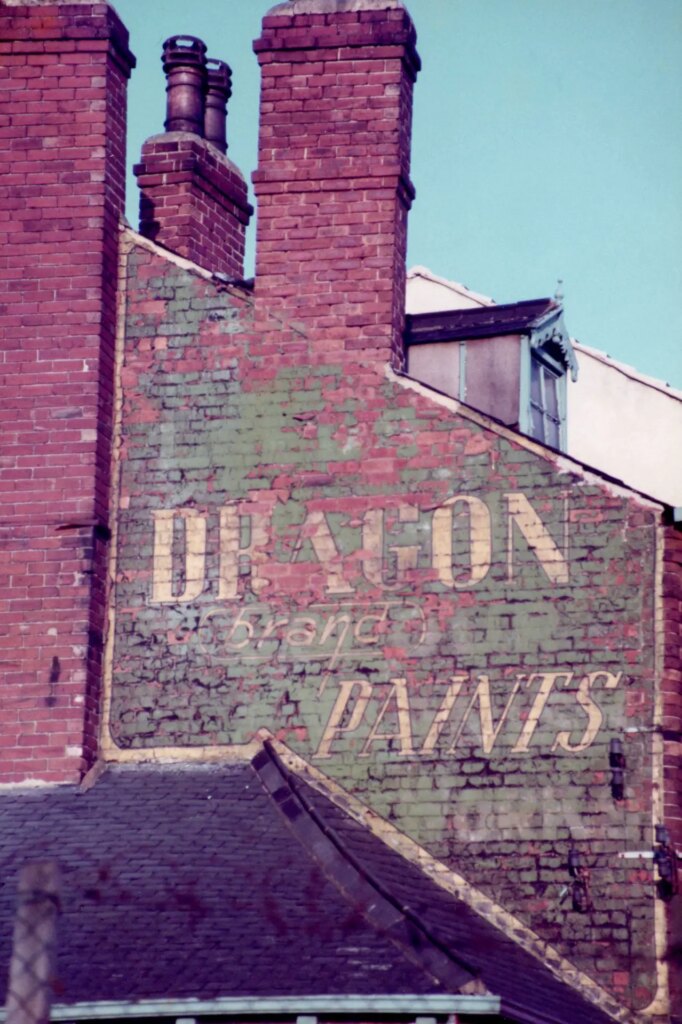
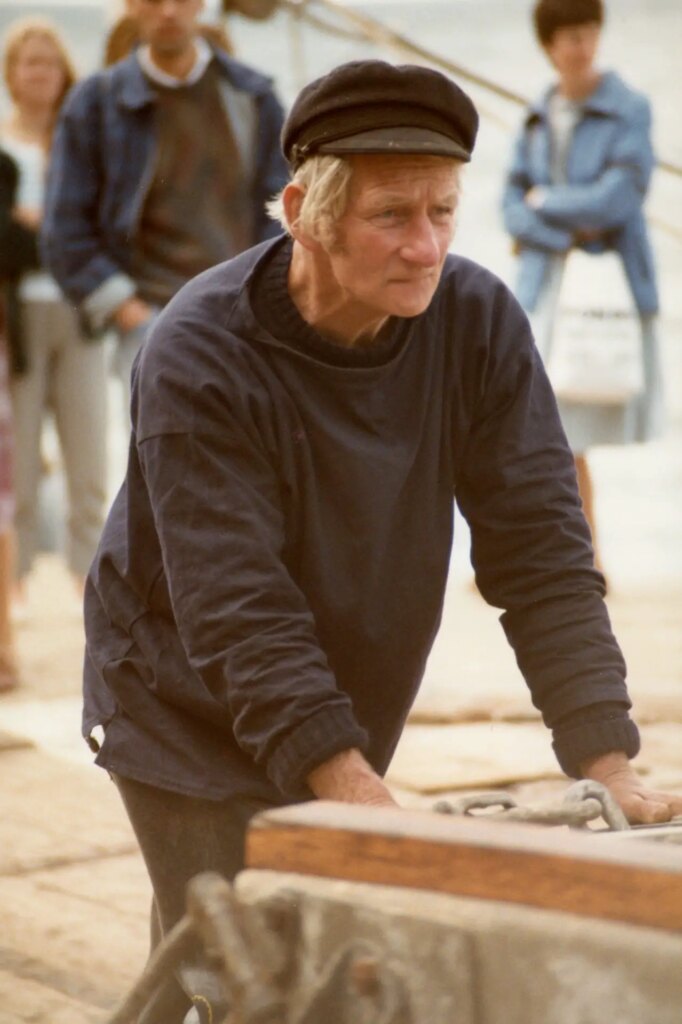
I am pretty sure the OM10 was joined by its smaller junior cousin, an XA3, in the mid 1980s, and again, that will reappear later in the saga.
Moving on a few more years, the OM10 was traded in for the more advanced OM2SP, but although it was well used at first, it was relegated to the back of a cupboard when… children arrived. Taking a relatively large, valuable camera on family days out, often to the beach, didn’t seem such a good idea, so the more pocketable XA3 became the new favourite.
Over the next twenty-plus years there followed a few other point-and-shoot cameras, and of course, some early digital examples, at which point all of the 35mm kit joined the OM2SP in the cupboard. In fact, I was so confident that film was a thing of the past that I sold the OM2SP, although I can’t remember when, how, or who to.
An earlier article here chronicled my return to 35mm in 2019, the result of coming across that XA3 again, and finding that it still worked. A Kiev4a arrived soon afterwards, and much of the lockdown years were spent trying, and keeping or selling, a number of other cameras of all shapes and sizes.
Through it all, the Kiev was used the most, and a few other Jupiter lenses were added. Then I chanced upon the camera it was based on – an early Contax IIa. Somebody was selling just the body, but most of those Jupiter lenses would fit just fine, so I bought it. Now, the Kiev is a heavy old beast, handy in a fight, and although the mechanisms might well run forever, they do always feel a bit on the clunky side. By comparison, the Contax is smooth, to say the least. It became my regular camera until disaster struck, just as I was putting a film in before a holiday.
A broken shutter cord put it out of action, and even a Contax repair expert thought he might struggle to replace the part. I went back to the Kiev for that holiday, but when I came back, with no word on the Contax repair, I began to wonder if it was going to be the Kiev forever, or maybe I could try something else.
Then a strange thing happened during a routine household sort-out. Remember those other OM lenses which I bought back in the OM10 days? They were still in the cupboard. Why I didn’t sell them with the OM2SP I have no idea, but there they were, saying “use me, use me…”
Olympus OM cameras are plentiful, and not ridiculously expensive. After a few years of using cameras with no meter at all, I didn’t feel the need to go for anything with bells & whistles, and taking the advice that the single digit models tend to be more reliable all these years later, I quickly found a nice OM1. Turn the meter on if you need it, otherwise it is a purely manual camera, with a great viewfinder, and the lenses in the cupboard can see light again.
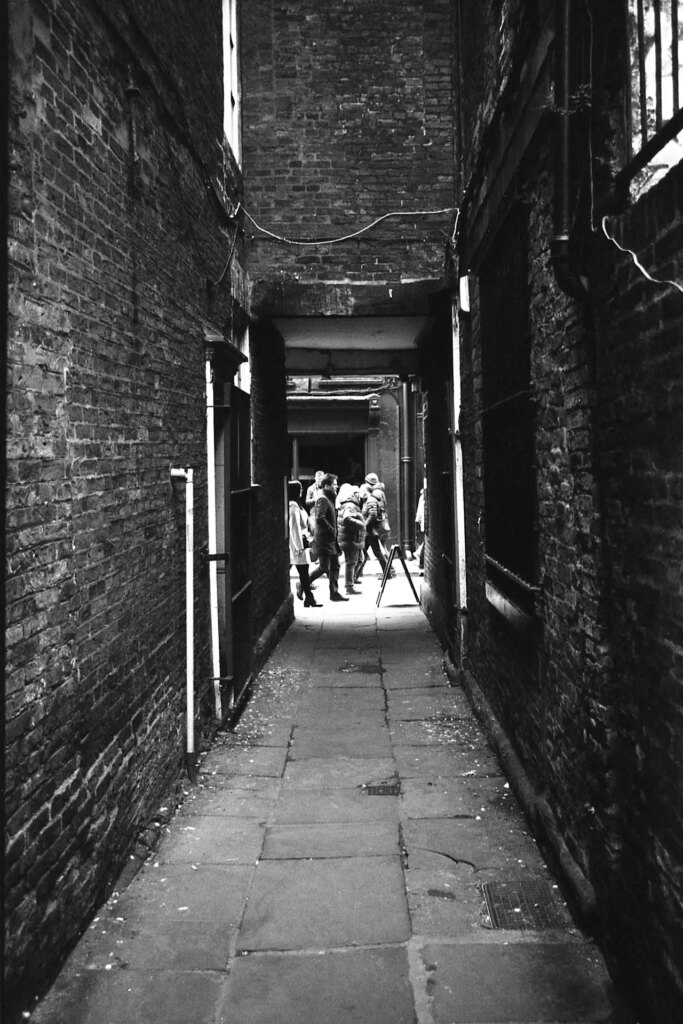
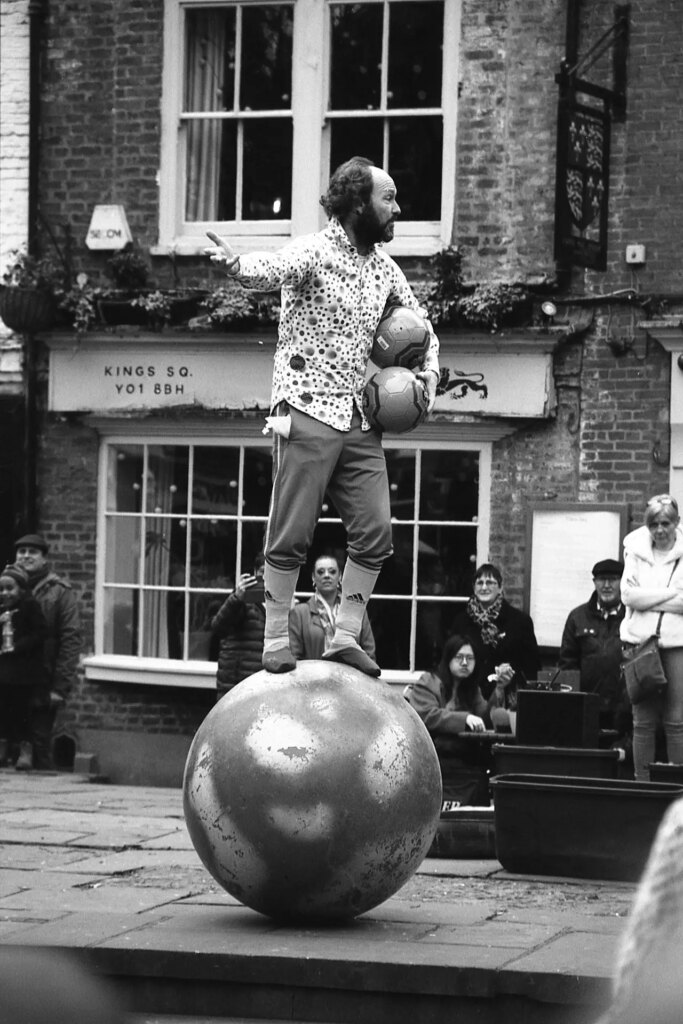
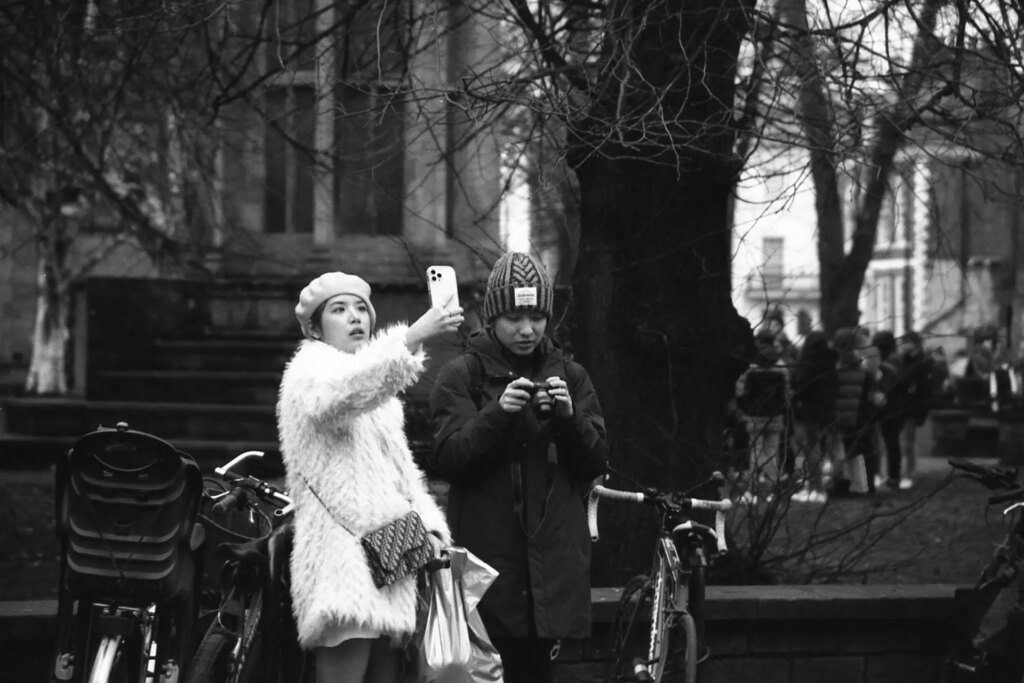
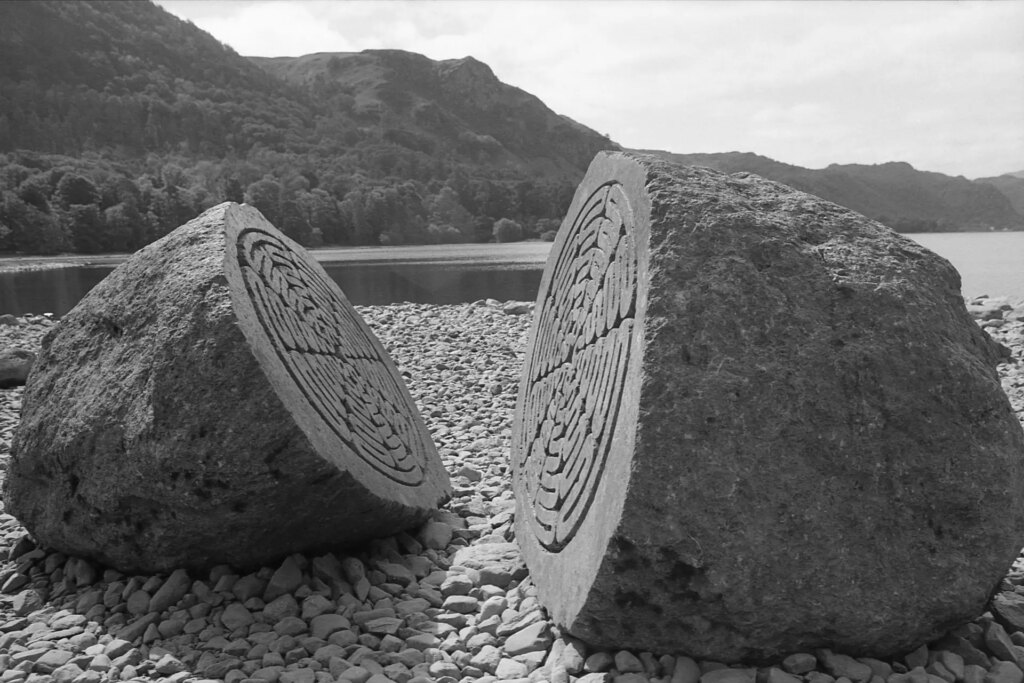
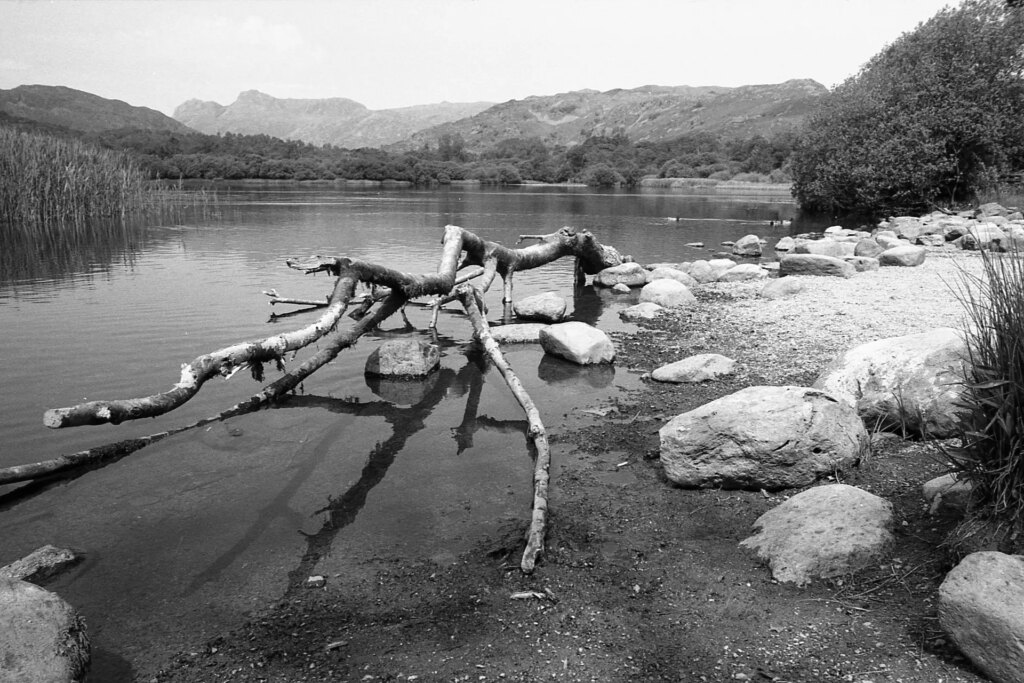
That was last year, and some other lenses, genuine Zuiko this time, have been added since then. The Contax was eventually repaired, and works well again, but coming full circle back to Olympus OM feels right for now. Not too heavy to carry around, quick to use, lenses a-plenty, and (so far) reliable. It has taken forty two years, but I am back where it all began.
Share this post:
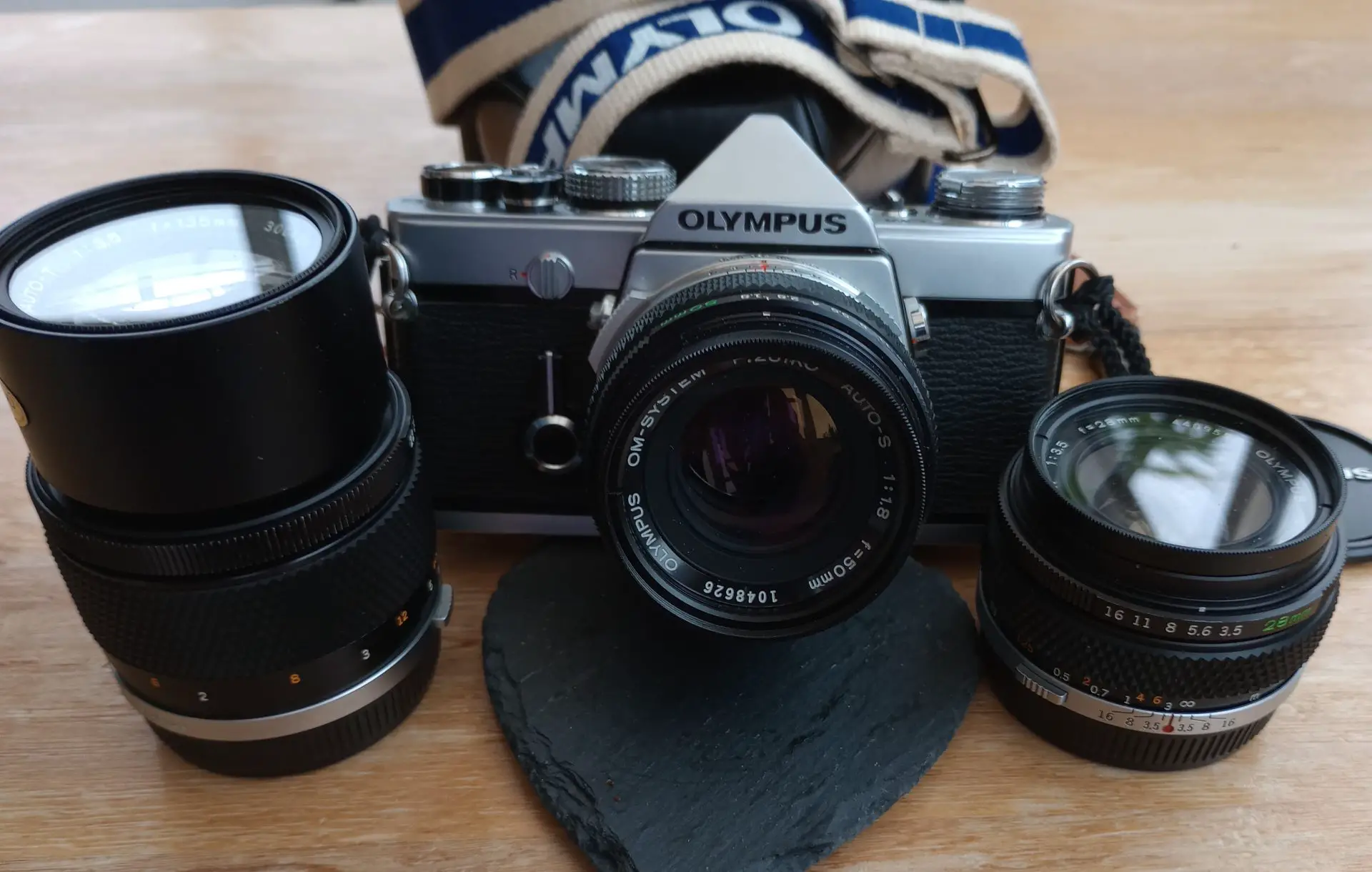








Comments
Tim Wainwright on Olympus OM – 42 years, Full Circle Back to Where I Started
Comment posted: 10/09/2023
Comment posted: 10/09/2023
Rob Phillips on Olympus OM – 42 years, Full Circle Back to Where I Started
Comment posted: 10/09/2023
Comment posted: 10/09/2023
Fred Nelson on Olympus OM – 42 years, Full Circle Back to Where I Started
Comment posted: 10/09/2023
Comment posted: 10/09/2023
Alasdair Mackintosh on Olympus OM – 42 years, Full Circle Back to Where I Started
Comment posted: 10/09/2023
I like the second Derwent Water picture. Perfect exposure and composition. What lens?
Comment posted: 10/09/2023
Art Meripol on Olympus OM – 42 years, Full Circle Back to Where I Started
Comment posted: 10/09/2023
Comment posted: 10/09/2023
Julian Tanase on Olympus OM – 42 years, Full Circle Back to Where I Started
Comment posted: 11/09/2023
Great photos as well, I really enjoyed the Derwent second one, really great. Keep up the good work !
Comment posted: 11/09/2023
Chris Wiper on Olympus OM – 42 years, Full Circle Back to Where I Started
Comment posted: 11/09/2023
Comment posted: 11/09/2023
Comment posted: 11/09/2023
Kim Wilson on Olympus OM – 42 years, Full Circle Back to Where I Started
Comment posted: 08/10/2023